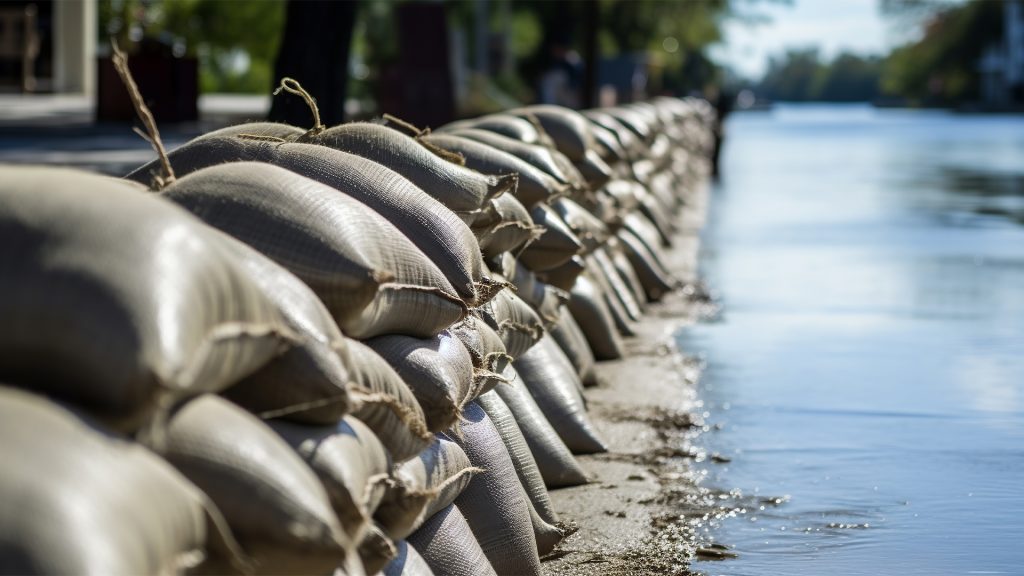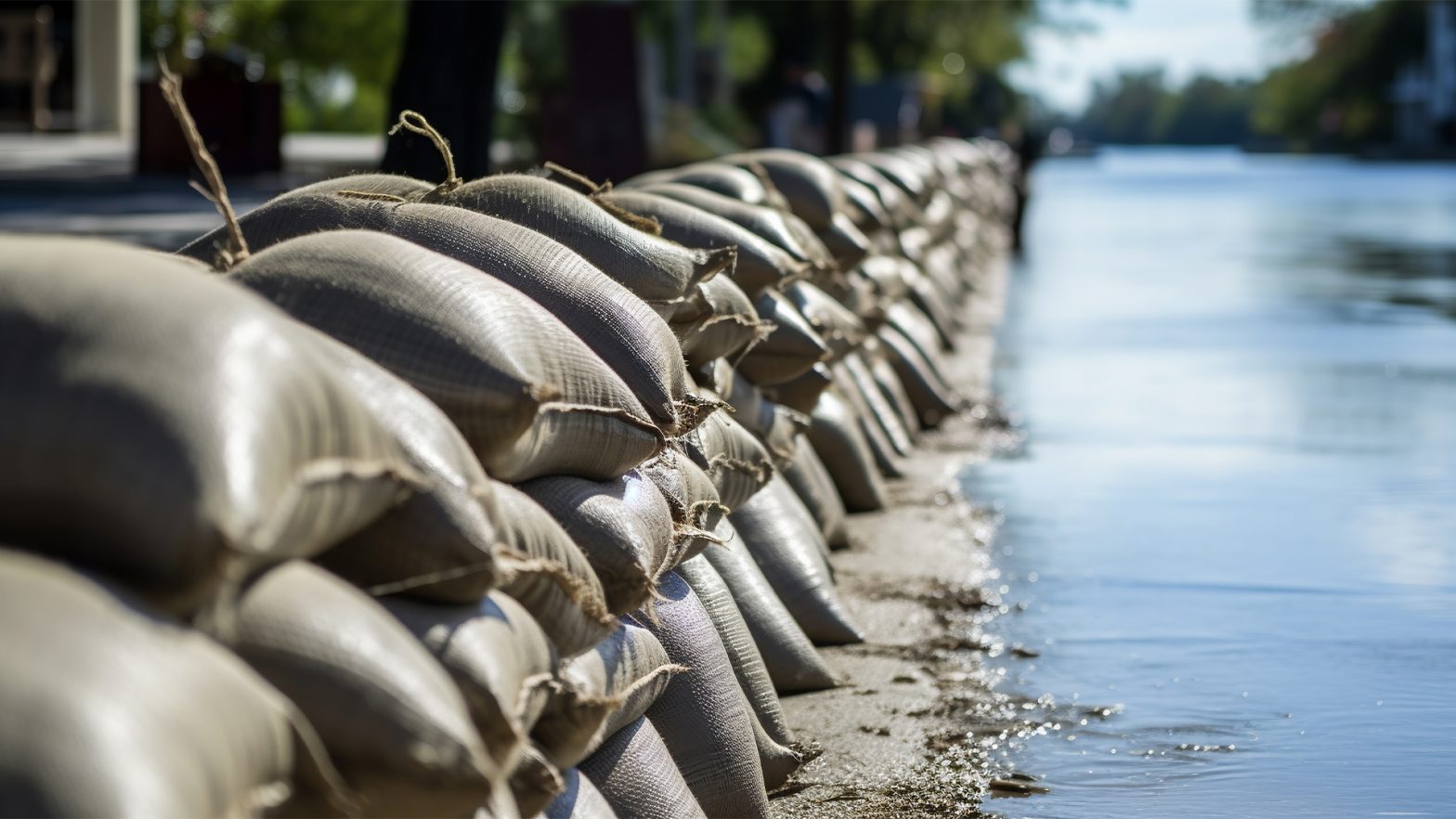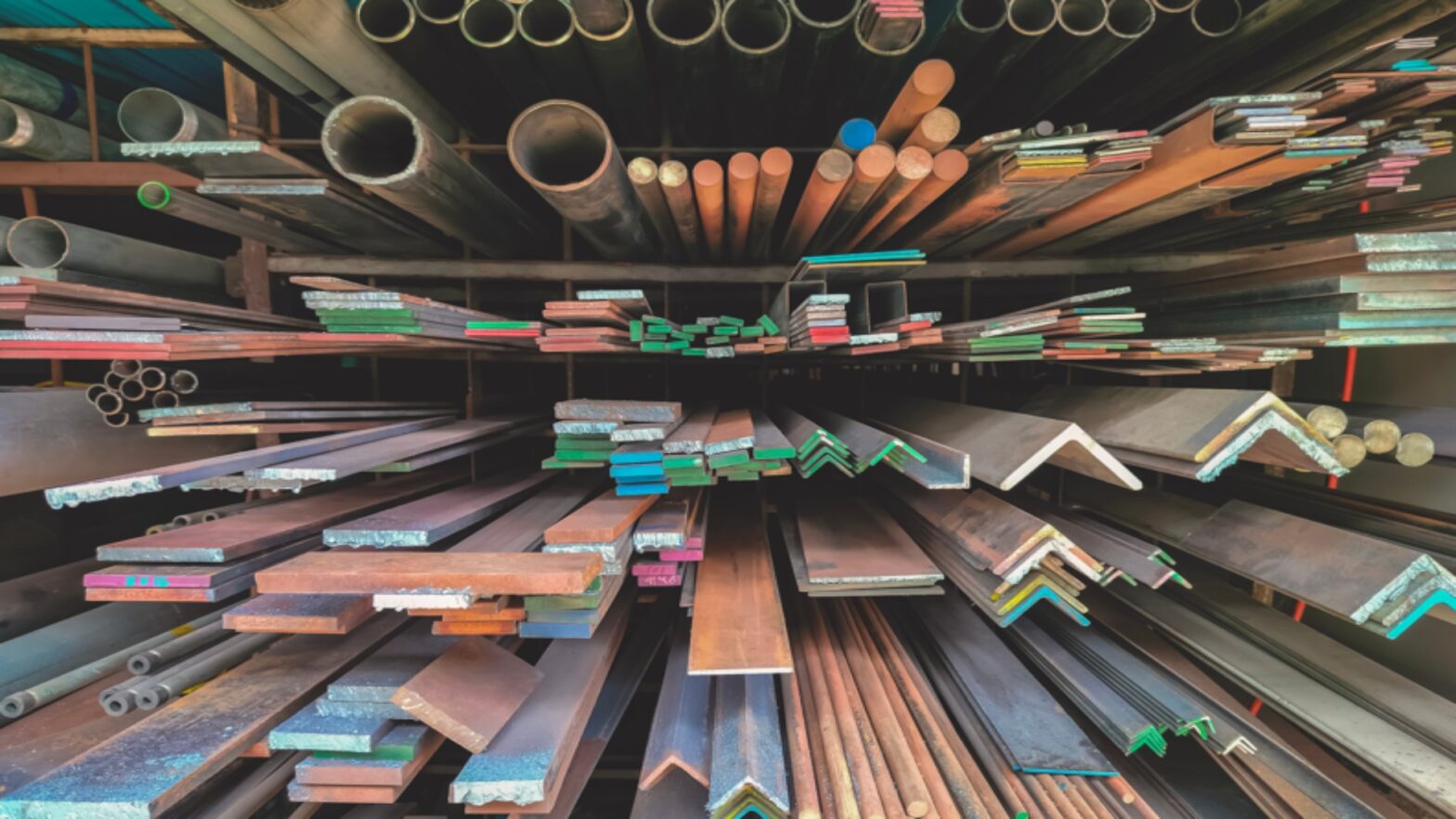
Flooding is becoming a frequent problem in many areas of the UK, due to the unexpected arrival of heavy rain or sudden storms like the ongoing Storm Nelson. This can lead to homes and property being affected by extensive flood damage that could be costly or difficult to repair.
In fact, according to the UK Health Security Agency, approximately 6.1 million people in the UK currently live in flood prone areas, with additional at-risk areas identified due to rising sea levels or increasing temperatures.
With this in mind, insurance specialists at One Sure Insurance have shared some essential advice to help protect your home from flooding disasters. They range from cheap, easy changes to more expensive protection methods to prevent damage.
Sign up for flood warnings
If you live in an area that may be at risk from flooding, it can be beneficial to sign up to receive flood warnings from the government based on rainfall totals, river levels and sea conditions. These services alert you when a flood may be due in your area at any time of day by sending a call, text, or email straight to your device.
The Environment Agency usually issues a flood warning 30 minutes to 2 hours before flooding. This warning means that you will have the time to make the necessary preparations to either protect your property or evacuate in the event of a more serious incident. You can also keep checking online for flood alerts and warnings in your area.
You can sign up to receive flood warnings from gov.uk in England, National Resources Wales in Wales, Scottish Environmental Protection Agency (SEPA) in Scotland, and use flood maps to check for any recent flooding in Northern Ireland.
Raise household appliances off the floor
If possible, it is recommended to move valuables or electronic items to a higher floor in the event of flooding. This prevents anything important from getting wet, which could otherwise cause further hazards that might make it harder to clean up safely later.
Whilst this is not applicable for people living in a bungalow or bottom floor flat, you can still raise everything other than basic furniture above flood level, using shelving and brackets for electronics like televisions or sound systems. Free standing, heavier household units that are harder to move, like freezers, fridges, ovens, and boilers, can be placed on wooden panels or cinder blocks to raise them above low-level flooding.
You could also consider moving electrical sockets higher up the wall to prevent them being damaged. Raising them to a height of about 1.5m is recommended in areas at high risk of flooding. The Homeowner’s Association states that this could cost between £1,000-4,000 so this may not be practical for some homeowners.
Purchase non-return valves for drains and pipes
Another potential risk during flooding is the possibility of drains being overwhelmed by water and causing sewage to flow back through pipes from toilets and sinks. Even if your home is protected, this can have the same effect as being flooded by bringing in water from the drains being filled outside.
Flood Safe Projects highlights two potential anti-backflow valves, depending on how accessible your home is. Retro-fit valves can be fitted without assistance and are pushed into the end of a drainpipe or the pipe leading into an existing inspection chamber, usually marked by a man-hole cover somewhere outside your house.
In-line non-return valves require more work as a hole needs to be dug to access the pipe before cutting it open to install the valve. This is where a specialist would be needed to advise on the best location and install it safely. Non-return valves are inexpensive compared to other methods and can cost between £50-£500.
Replace wooden floors and carpets
It can be a costly and timely process to invest in new flooring for your home, but this is highly advised in areas at high risk of flooding where your floors are susceptible to damage. Carpets are one example since they require the removal of large amounts of water and can result in the spreading of mould, whilst rugs can be removed and replaced much more easily.
Vinyl, ceramic tile, and waterproof concrete are all good material choices for floors prone to flooding damage. Materials like chipboard and MDF are less suitable for floors at risk of flooding because they absorb a lot more water than standard wood and will need to be dried out. Solid wood is a better material but can similarly take in water through the gaps between the panels.
Concrete or ceramic tiles are good choices for low-level flooring if installed with a damp-proof membrane underneath. This helps to block any moisture from entering by effectively sealing all holes and joints. According to Checkatrade, the average concrete floor cost per square metre is between £120 to £150.
Varnish or replace wooden skirting boards
Another method of protection for your home against flooding is replacing any wooden skirting boards with water resistant materials. Whilst plastic skirting boards can look less appealing than wood, they do not absorb water as easily.
A cheaper alternative is to varnish any wooden skirting boards, as this creates an added level of resistance against water. Otherwise, there are options for adding extra sealing like the oil-based sealers that can be purchased for hardwood flooring. This can also help to prevent water from seeping into the gaps at the bottom of walls.
Historic England recommends not applying any coatings or waterproofing to older buildings with more traditional construction methods as they can trap moisture within the structure and slow down the rate of drying. This increases the risk of long-term damage to the building, and may encourage mould, damp, and rot over time.
Invest in exterior protection
If your home is regularly at risk from flooding, you may want to invest in some dedicated equipment to help keep water away from your property. Sandbags are the cheapest option that can absorb moisture and be placed to stop incoming water. They are good for weighing down furniture, blocking doorways, and redirecting currents. The Environmental Agency recommends at least 6 sandbags, each with approximately 15kg of sand, to keep out 20cm depth of water for a standard door opening.
Flood bags are easier to move and store than sandbags, whilst being specifically designed for these situations. They use crystals instead of sand to absorb any water, inflate the bags, and store the water within them to create barriers. However, they are more costly to acquire than sandbags and can only be used once.
The most expensive option is purchasing flood barriers, which could be a good option for a community pooling their funds together. They can store rising water, seal themselves to the ground, and connect together to create a solid wall. Flood barriers are also reusable, so this might be appealing and cost-effective for high-risk areas.
































